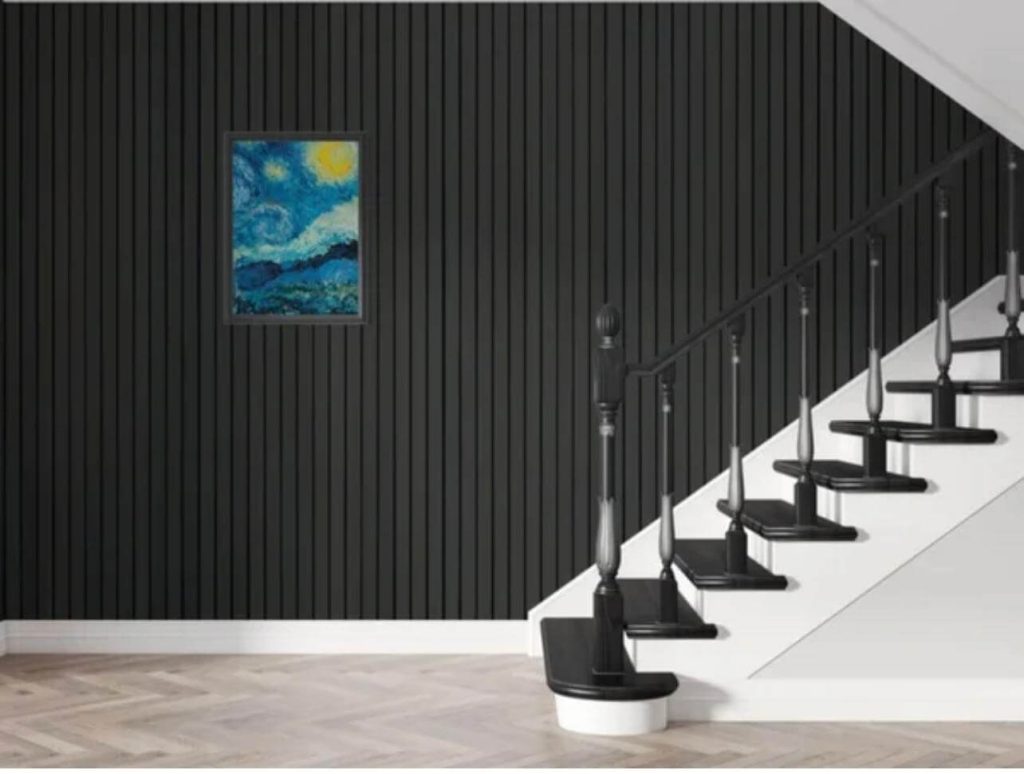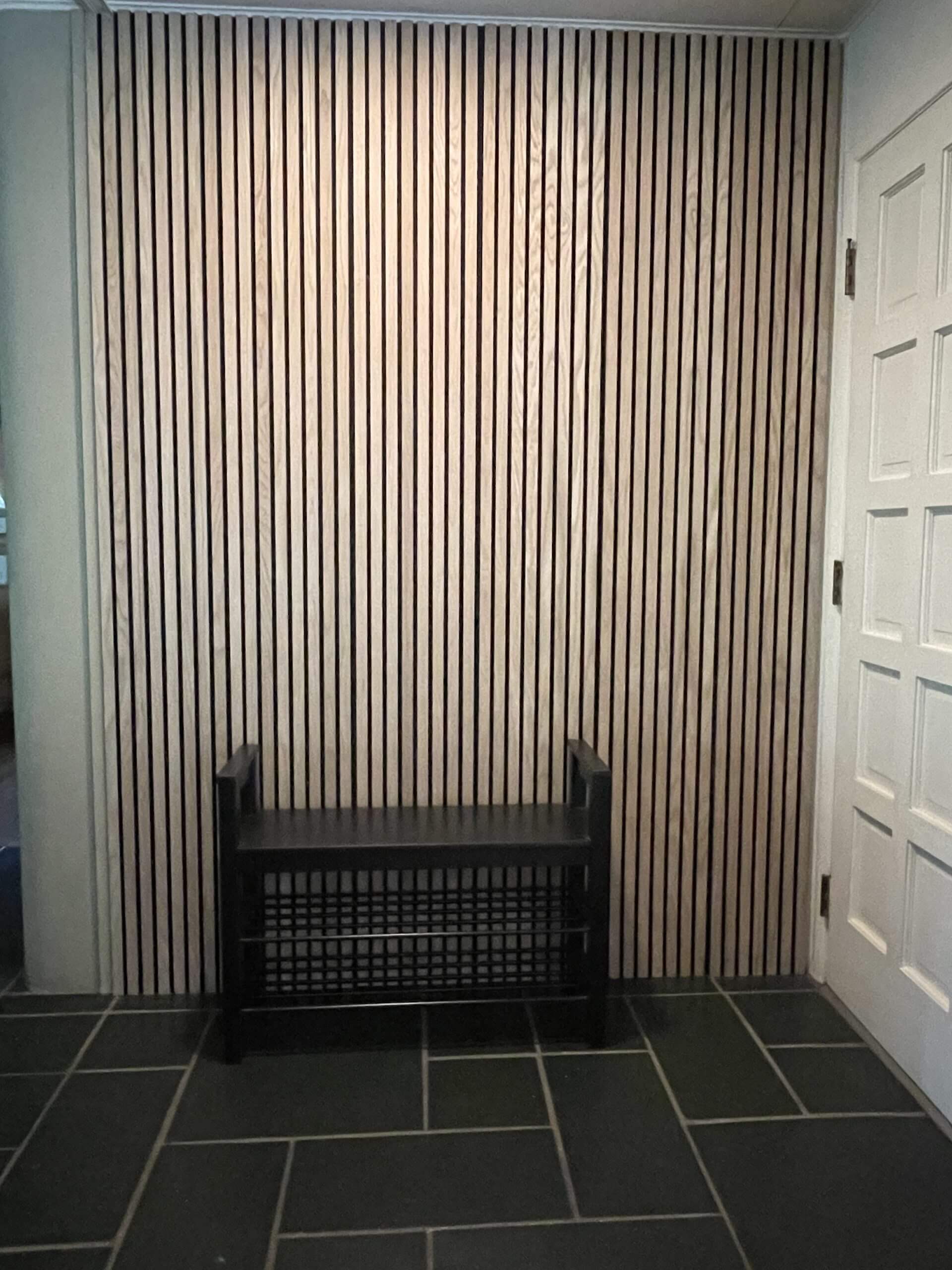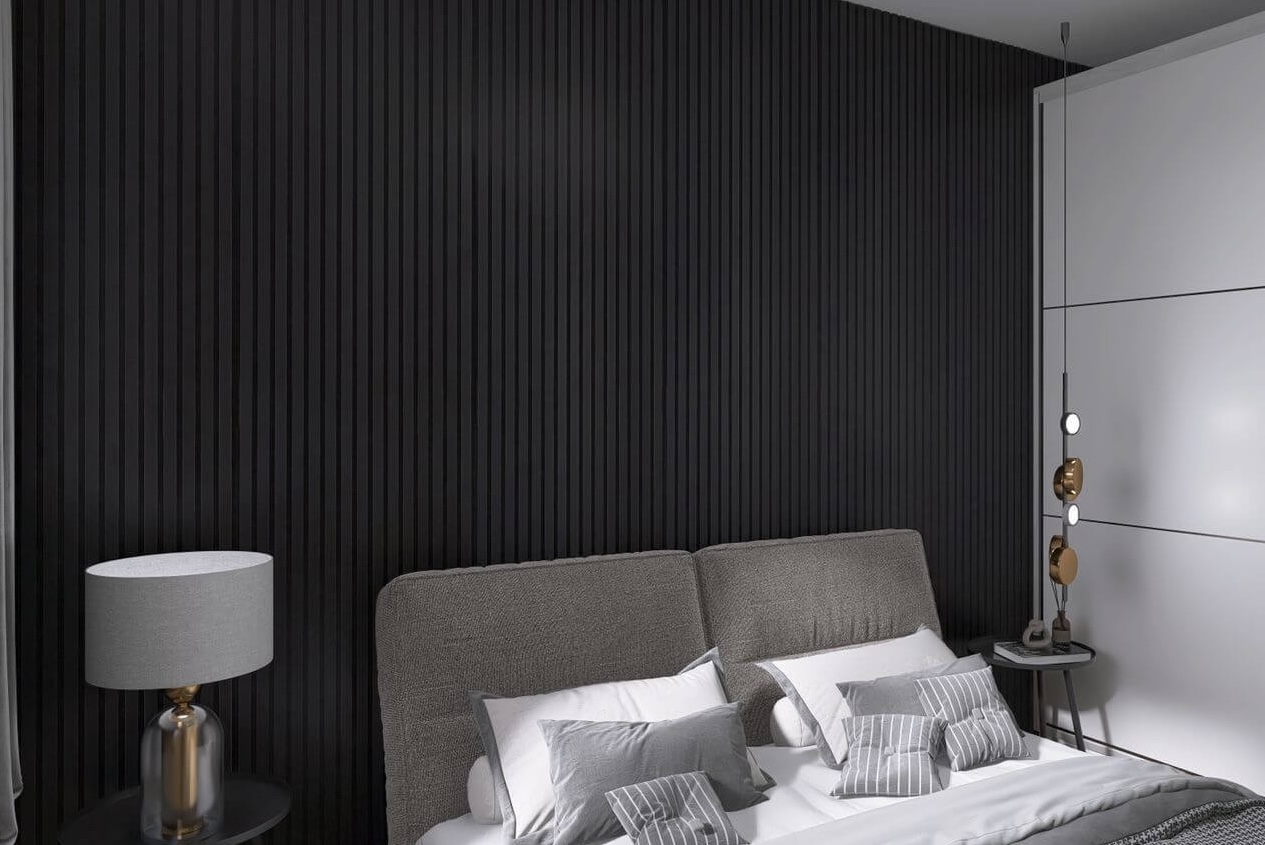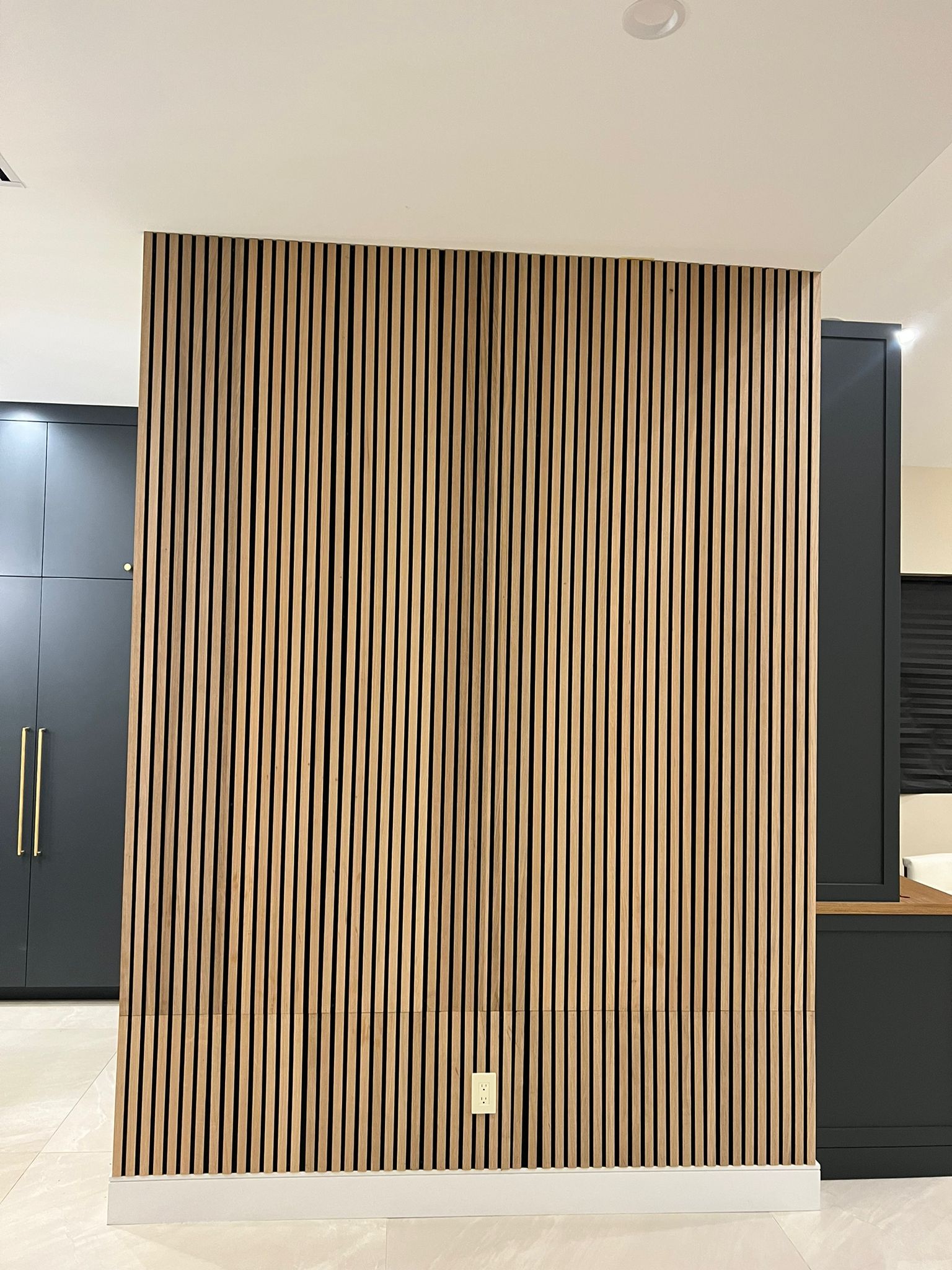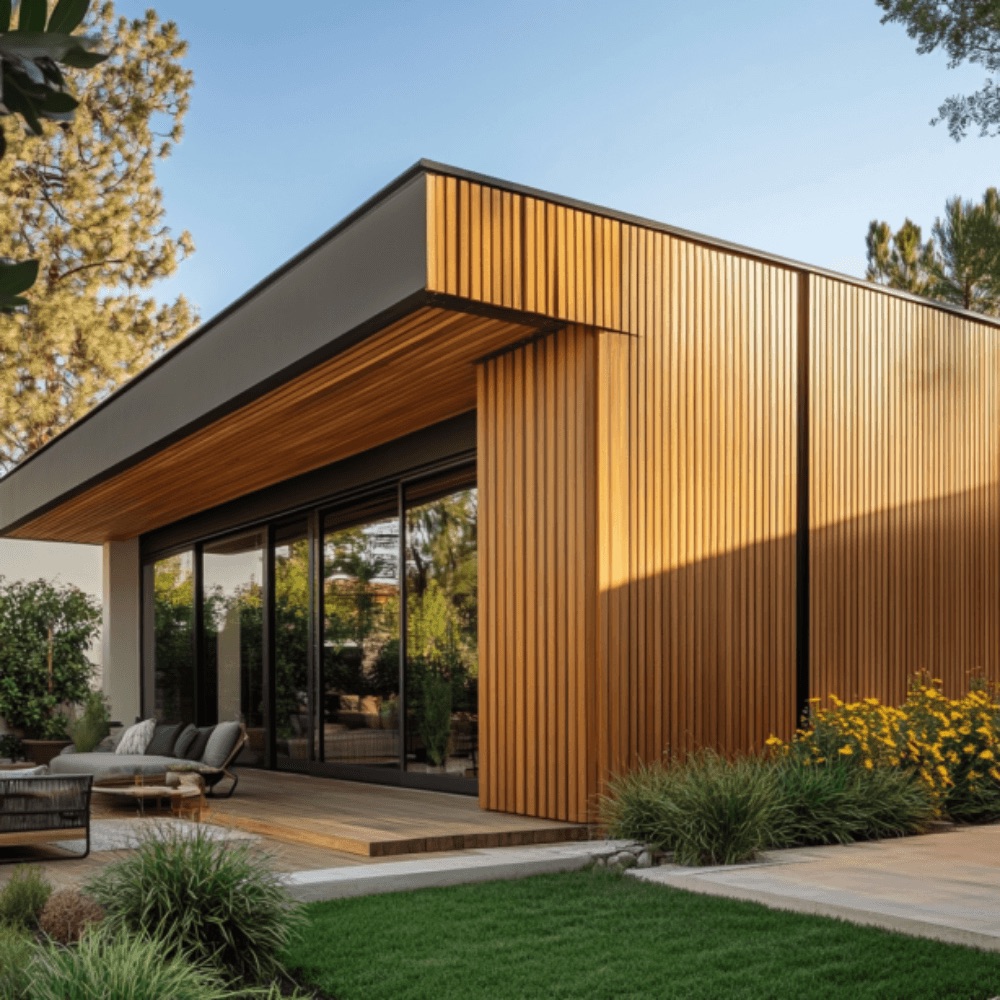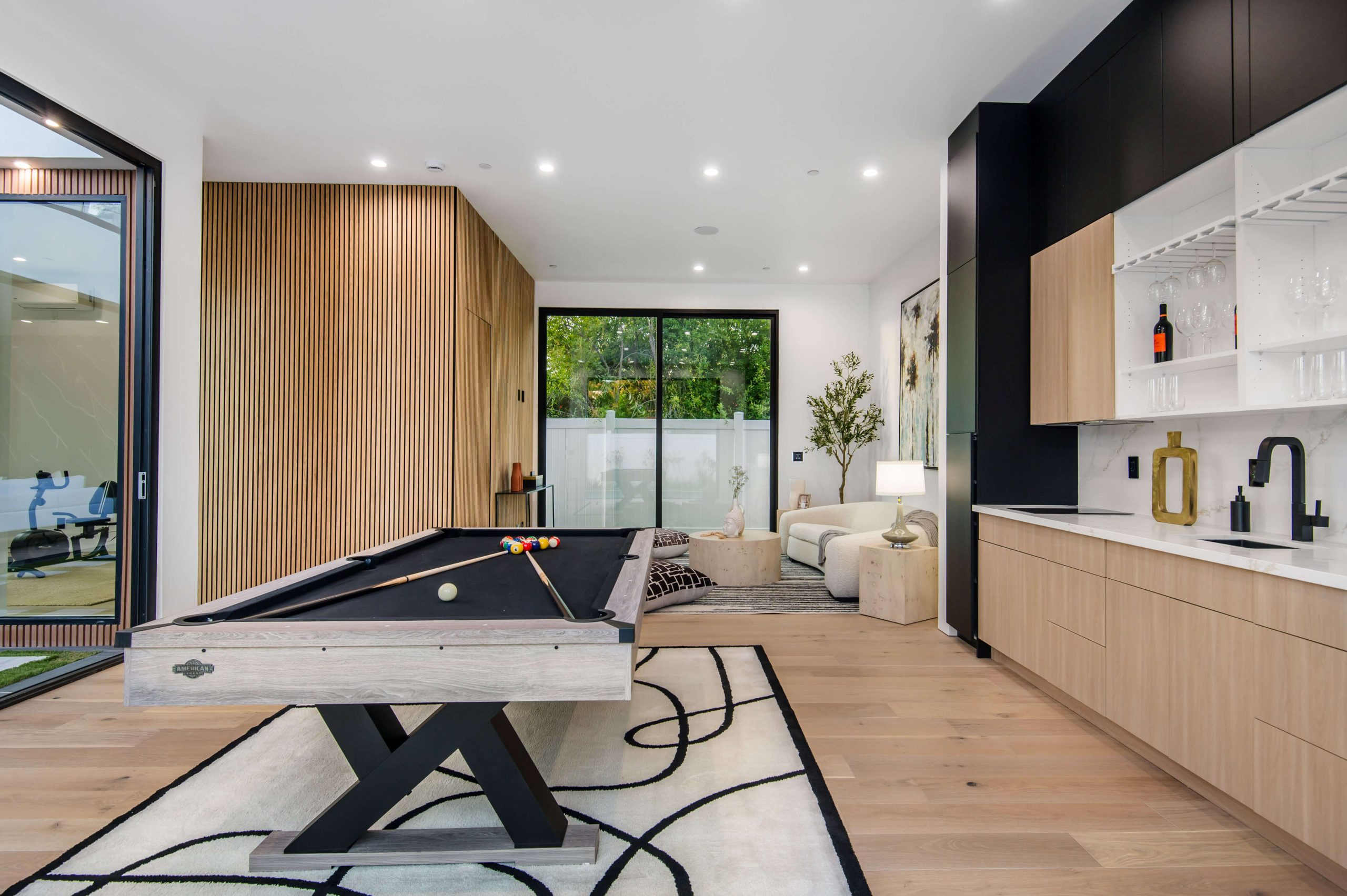Replacing a siding panel is a common home maintenance task that can improve both the aesthetic appeal and the structural integrity of your home. Whether you’re replacing damaged siding or upgrading to a better material, understanding the cost breakdown can help you budget effectively. In this article, we’ll dive deep into the various factors that influence the cost of replacing a siding panel, and how you can save money by making informed decisions.
What Influences the Cost of Replacing a Siding Panel?
The cost of replacing a siding panel depends on several factors, including the type of material used, the size of the panel, labor costs, and additional installation fees. Here’s a breakdown of the key factors:
- Material Type:
- Wood Siding: Often regarded as one of the more traditional and premium options, wood siding can give your home a natural and rustic look. The cost of wood siding ranges between $5 and $10 per square foot. Maintenance can also add to the cost over time as it may need regular painting or sealing to protect against moisture.
- Vinyl Siding: A more affordable and low-maintenance option, vinyl siding costs between $2 and $6 per square foot. It is durable and doesn’t require much upkeep, but it can crack or fade over time, especially when exposed to extreme weather conditions.
- Fiber Cement Siding: Known for its durability, fiber cement siding can withstand extreme weather, fire, and insects. The cost typically ranges from $5 to $10 per square foot. While it’s more expensive upfront, its durability often leads to lower maintenance costs in the long run.
- Composite Siding (WPC): Wood-plastic composite (WPC) is another durable option designed for outdoor applications. It can cost between $4 and $8 per square foot, making it a moderately priced alternative.
- Labor Costs: Labor costs can vary depending on where you live, the complexity of the job, and the contractor’s rates. On average, labor costs range from $1 to $3 per square foot, and more complex installations may incur additional charges.
- Size of the Panel: Siding panels come in different sizes, and the cost will vary based on the size you need. Naturally, larger panels will cost more. If you’re replacing only a small section, your cost will be lower, but if you’re redoing an entire wall or house, you’ll need to account for a significantly higher expense.
- Additional Costs:
- Removing Old Siding: If you need to remove old or damaged siding, this will typically add to the overall cost. On average, removal costs range from $1 to $2 per square foot.
- Permits and Inspections: In some areas, you may need to pay for permits or inspections before replacing your siding, adding anywhere from $50 to $200 to the overall expense.
- Insulation: If your siding replacement includes upgrading or installing insulation, this will also add to the cost. Insulating under siding can range from $1 to $2 per square foot, but can result in energy savings in the long run.
Step-by-Step Process of Replacing a Siding Panel
To better understand the labor and time involved, here’s a general step-by-step guide on how siding panels are replaced:
- Inspection and Preparation: The contractor will inspect the current siding to assess the extent of the damage. If the entire panel needs replacing, they’ll start by removing it. This step includes removing nails or screws and prying off the panel.
- Measuring and Cutting the New Panel: After the damaged panel is removed, the new siding is measured and cut to fit the exact dimensions of the previous one.
- Installation: The new panel is installed, making sure it aligns perfectly with the surrounding panels. Depending on the material, the panel may be nailed, screwed, or glued in place. For wood siding, proper sealing is essential to prevent moisture damage.
- Finishing Touches: Once the new panel is in place, the contractor will make sure all edges are sealed and smooth. This may include applying caulking, paint, or a protective finish to match the rest of the siding.
- Cleanup: Finally, any old siding materials and construction debris will be removed from the site. If insulation was added, the worksite will be double-checked for any potential gaps or weak spots.
How to Save Money on Replacing a Siding Panel
Here are a few ways to reduce the cost of replacing siding panels without compromising quality:
- Opt for Vinyl Siding: Vinyl is one of the most affordable options and can help you stay within budget without sacrificing durability.
- DIY Small Repairs: If only a small section of siding needs replacing, and you’re handy with tools, you can save on labor by doing the job yourself. Just make sure you follow proper safety guidelines.
- Buy Panels in Bulk: If you’re replacing a large section of siding, buying panels in bulk could save you money, especially if you’re working on multiple walls.
- Consider Partial Replacement: If only one side of your house is weathered or damaged, you can opt to replace just that section, reducing the overall cost.
FAQ on Replacing a Siding Panel
1. How much does it cost to replace one siding panel?
The cost depends on the material and labor involved. Vinyl siding can cost between $3 to $8 per square foot, while wood and fiber cement can go as high as $10 per square foot.
2. Can I replace the siding panels myself?
Yes, if you have the right tools and skills, you can replace small sections of siding on your own. However, larger jobs might require professional help.
3. What’s the best siding material for durability?
Fiber cement and composite siding (WPC) are known for their durability and resistance to weather, fire, and pests, making them excellent long-term investments.
4. How often should siding panels be replaced?
It depends on the material and the environment. Vinyl siding can last 20-40 years, while wood may need replacement after 10-20 years due to weather damage.
5. Does replacing siding increase home value?
Yes, replacing damaged or outdated siding can increase your home’s curb appeal and overall value, making it a worthwhile investment if you’re planning to sell.
By understanding the cost factors and choosing the right materials, you can ensure a successful siding panel replacement project that fits both your budget and style preferences.

